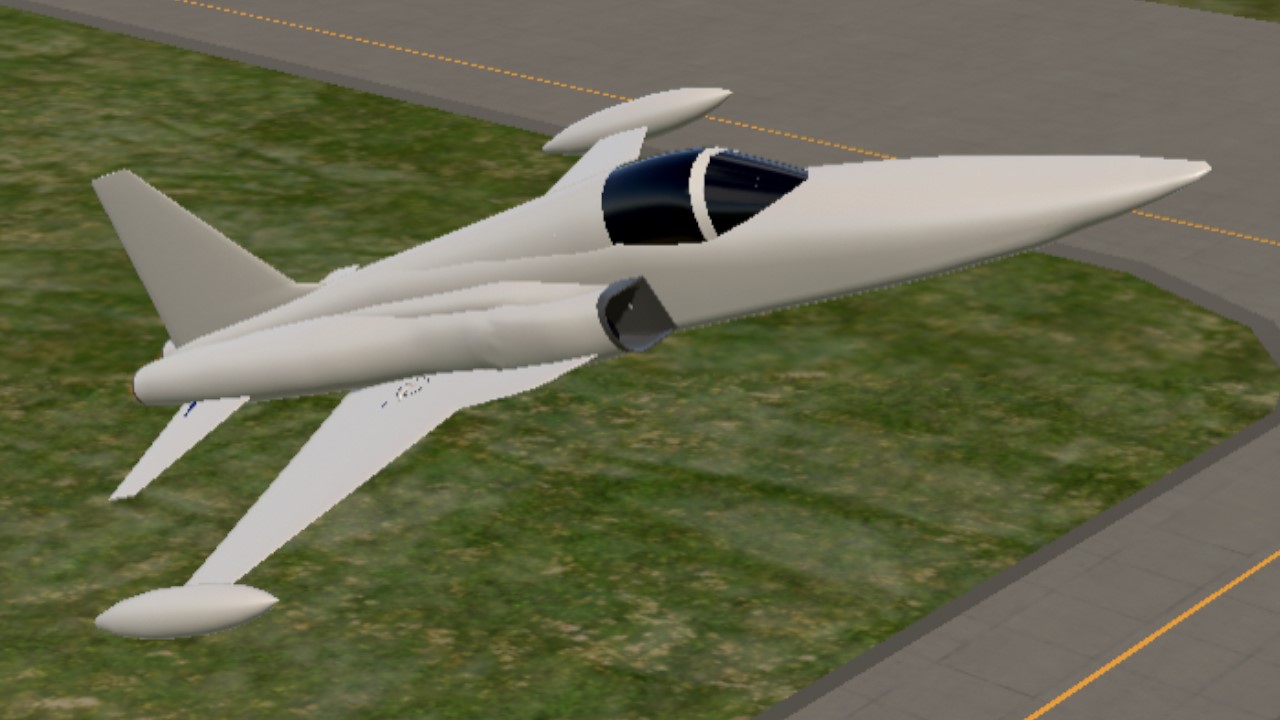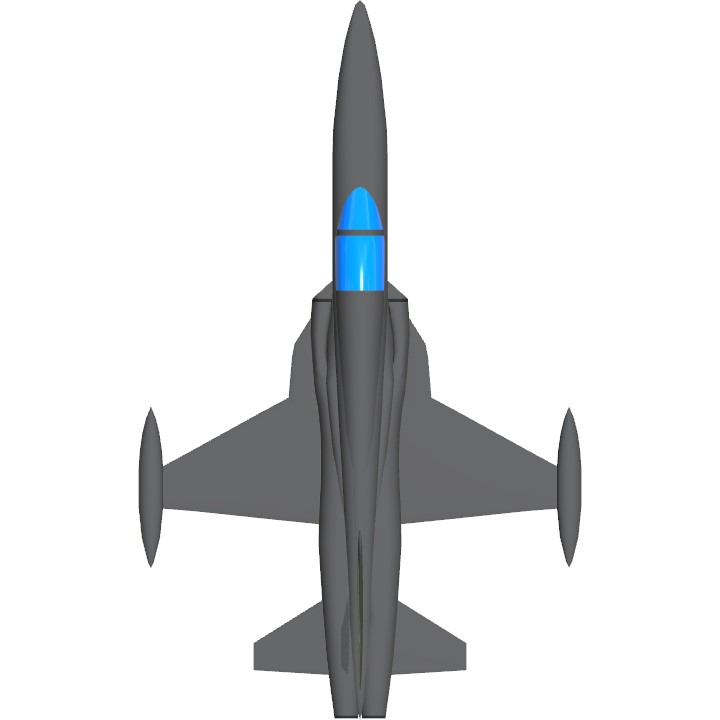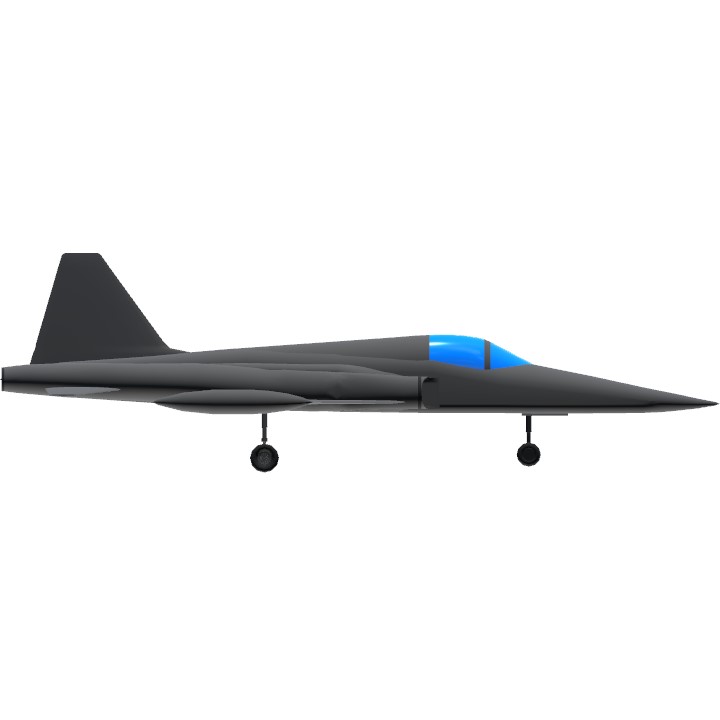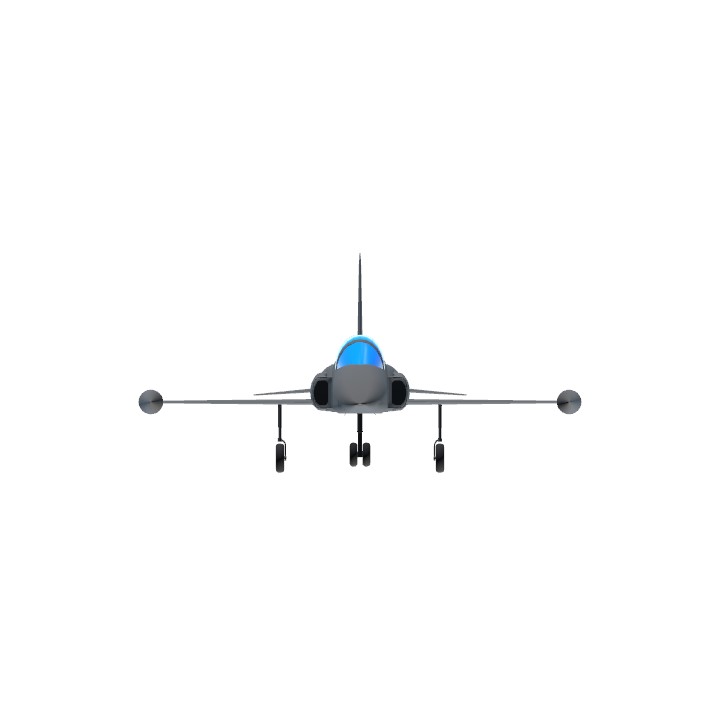Introductions:
The Northrop F-5 is a family of supersonic light fighter aircraft initially designed as a privately funded project in the late 1950s by Northrop Corporation. There are two main models, the original F-5A and F-5B Freedom Fighter variants and the extensively updated F-5E and F-5F Tiger II variants. The design team wrapped a small, highly aerodynamic fighter around two compact and high-thrust General Electric J85 engines, focusing on performance and a low cost of maintenance. Smaller and simpler than contemporaries such as the McDonnell Douglas F-4 Phantom II, the F-5 cost less to procure and operate, making it a popular export aircraft. Though primarily designed for a day air superiority role, the aircraft is also a capable ground-attack platform. The F-5A entered service in the early 1960s. During the Cold War, over 800 were produced through 1972 for US allies. Though at the time the United States Air Force (USAF) did not have a need for a light fighter, it did procure approximately 1,200 Northrop T-38 Talon trainer aircraft, which was based on Northrop's N-156 fighter design.
After winning the International Fighter Aircraft Competition, a program aimed at providing effective low-cost fighters to American allies, in 1970 Northrop introduced the second-generation F-5E Tiger II in 1972. This upgrade included more powerful engines, larger fuel capacity, greater wing area and improved leading edge extensions for better turn rates, optional air-to-air refueling, and improved avionics including air-to-air radar. Primarily used by American allies, it remains in US service to support training exercises. It has served in a wide array of roles, being able to perform both air and ground attack duties; the type was used extensively in the Vietnam War.[2] A total of 1,400 Tiger IIs were built before production ended in 1987. More than 3,800 F-5s and the closely related T-38 advanced trainer aircraft were produced in Hawthorne, California.[3] The F-5N/F variants are in service with the United States Navy and United States Marine Corps as adversary trainers.[4] Over 400 aircraft were in service as of 2021.
The F-5 was also developed into a dedicated reconnaissance aircraft, the RF-5 Tigereye. The F-5 also served as a starting point for a series of design studies which resulted in the Northrop YF-17 and the F/A-18 naval fighter aircraft. The Northrop F-20 Tigershark was an advanced variant to succeed the F-5E which was ultimately canceled when export customers did not emerge.
Thats it!
Specifications
General Characteristics
- Created On iOS
- Wingspan 29.4ft (9.0m)
- Length 47.8ft (14.6m)
- Height 14.2ft (4.3m)
- Empty Weight 8,660lbs (3,928kg)
- Loaded Weight 10,713lbs (4,859kg)
Performance
- Power/Weight Ratio 1.887
- Wing Loading 44.9lbs/ft2 (219.3kg/m2)
- Wing Area 238.5ft2 (22.2m2)
- Drag Points 5199
Parts
- Number of Parts 127
- Control Surfaces 5
- Performance Cost 453





Note for me, so i would come back
Another day, another F-5
Lately everyone is posting F-5, I think I'll join this ritual ^_^